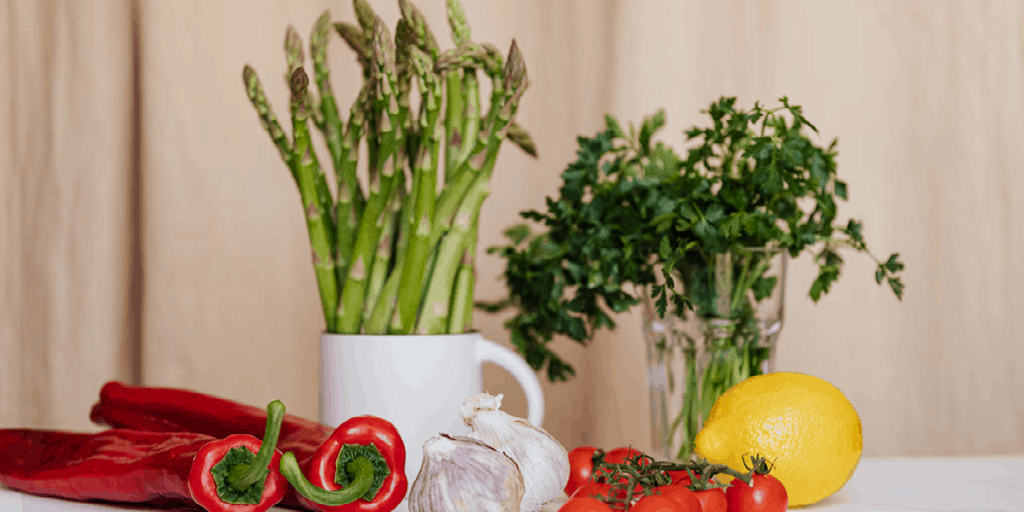Europeans love fruits and vegetables!
Though the amount varies from country to country; they eat at least 40% of the daily recommended amount of fruit and over 20% of the recommended consumption of vegetables.
All socioeconomic classes eat a variety of vegetable and fruits, but the poorest eat less than the richest.
The opposite is true in Italy, where the consumption of fruit and vegetable products overall is much higher and the poorest consume more than the richest.
On average, 64% of the EU citizens consume fresh or frozen fruit daily. Some countries, including Italy (85%), Portugal (81%) and Spain (77%) enjoy fruit abundantly, in amounts well above the average, while the lowest consumption is in Lithuania (37%), Bulgaria (37%), Latvia (35%), and Hungary with 40%. Just 1.6% of EU citizens eat no fruit at all.
As for vegetables, 64% of citizens of the European Union enjoy them one or more times a day. Unlike fruit, countries in the South do not generally score the highest: Belgium and Ireland dominate, with 84% of people eating vegetables every day. Italy is third with 80%.

Most of the fruit and vegetable products consumed in Europe come from nearby countries, especially Spain, Greece, Portugal, France, the United Kingdom and Germany.
The foods we eat and the ways in which we produce them have undergone profound changes in the last century, as is true also for the European landscape and society in general.
More intensive agriculture has allowed Europe to produce food in greater quantities and at more affordable prices, but at the expense of the environment and traditional agriculture.
EU member states have agreed on a common agricultural policy initially aimed at ensuring the availability in Europe of food in sufficient quantities and at affordable prices.
To this end, it has been necessary to ensure a sufficient number of farmers remain on their land and continue to farm.
Global competition can cause prices to drop, and only a small fraction of the final selling price ends up in the farmers’ pockets.
The EU common agricultural policy has integrated measures supporting the rural economy as a whole, as well as reducing the environmental impact of agriculture and protecting our precious soil quality.
Specific measures for this are in place for the fruit and vegetables sector.
The EU actively supports the fruit and vegetables sector through its market-management scheme with four broad goals:
- a more competitive and market-oriented sector thanks to producer organisations
- fewer crisis-related fluctuations in producers’ income
- greater consumption of fruit and vegetables in the EU
- increased use of eco-friendly cultivation and production techniques.
